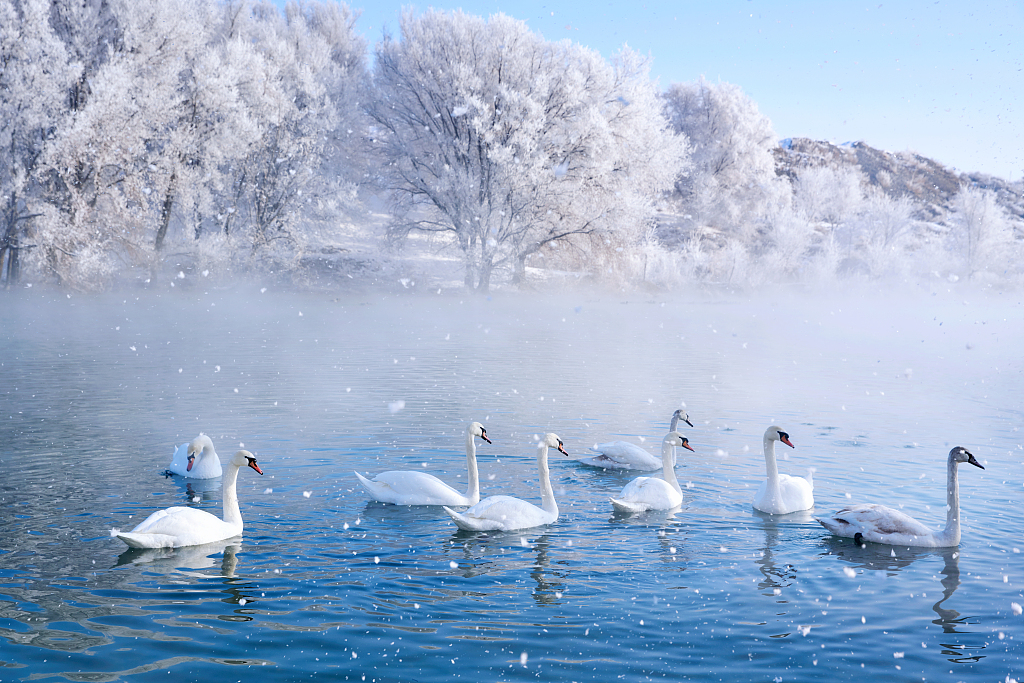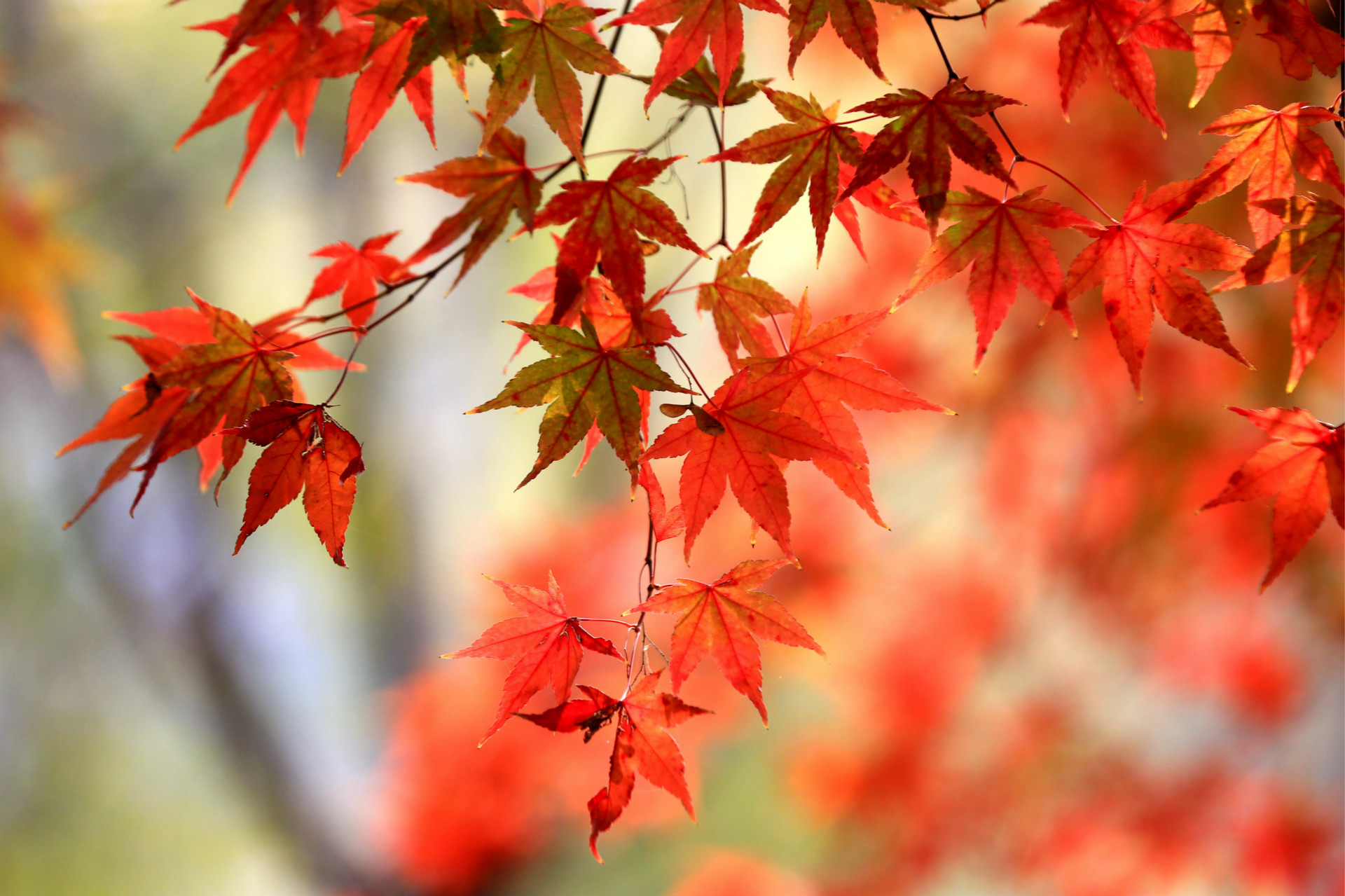As people in the northern hemisphere continue to enjoy autumn scenery, winter is just around the corner. Saturday marks Lidong (the Start of Winter), the 19th of the 24 solar terms on the Chinese lunar calendar, heralding the winter.

Lidong, or "the Start of Winter," marks the arrival of winter on the Chinese lunar calendar. /VCG
Lidong, or "the Start of Winter," marks the arrival of winter on the Chinese lunar calendar. /VCG
During Lidong, a noticeable change in climate is experienced in northern China, where precipitation declines as do temperatures. The south also sees a drop in temperatures but warmer weather will prevail for some time. This phenomenon is called "minor spring." Scientists explain that this is because the abundant heat stored by the earth in southern China somewhat "neutralizes" the cold air at this time.

The maple leaves glows in the sunshine in Huai'an City, east China's Jiangsu Province. /VCG
The maple leaves glows in the sunshine in Huai'an City, east China's Jiangsu Province. /VCG
Ancient Chinese believed that the keyword for Lidong is storage. All the creatures have begun to prepare for the long winter. Farmers have already stored their crops and begin to prepare for a winter break. For animals like snakes, hedgehogs and squirrels, after a busy autumn foraging for food, they are well-prepared with enough energy to hibernate and await spring.

The river begins to freeze in Hulunbuir City, north China's Inner Mongolia Autonomous Region. /VCG
The river begins to freeze in Hulunbuir City, north China's Inner Mongolia Autonomous Region. /VCG
Each Chinese solar term is divided into three pentads, and for Lidong, they are "water begins to freeze," "earth begins to harden" and "pheasants enter the water for clams", reflecting what the ancient Chinese noticed during Lidong, as the water freezes and the earth hardens as a result of the cold weather, and large birds like pheasants are seen less frequently. But in the water, the clams grow bigger.
(Cover image via VCG, designed by CGTN's Pan Yufei.)
(If you want to contribute and have specific expertise, please contact us at nature@cgtn.com.)